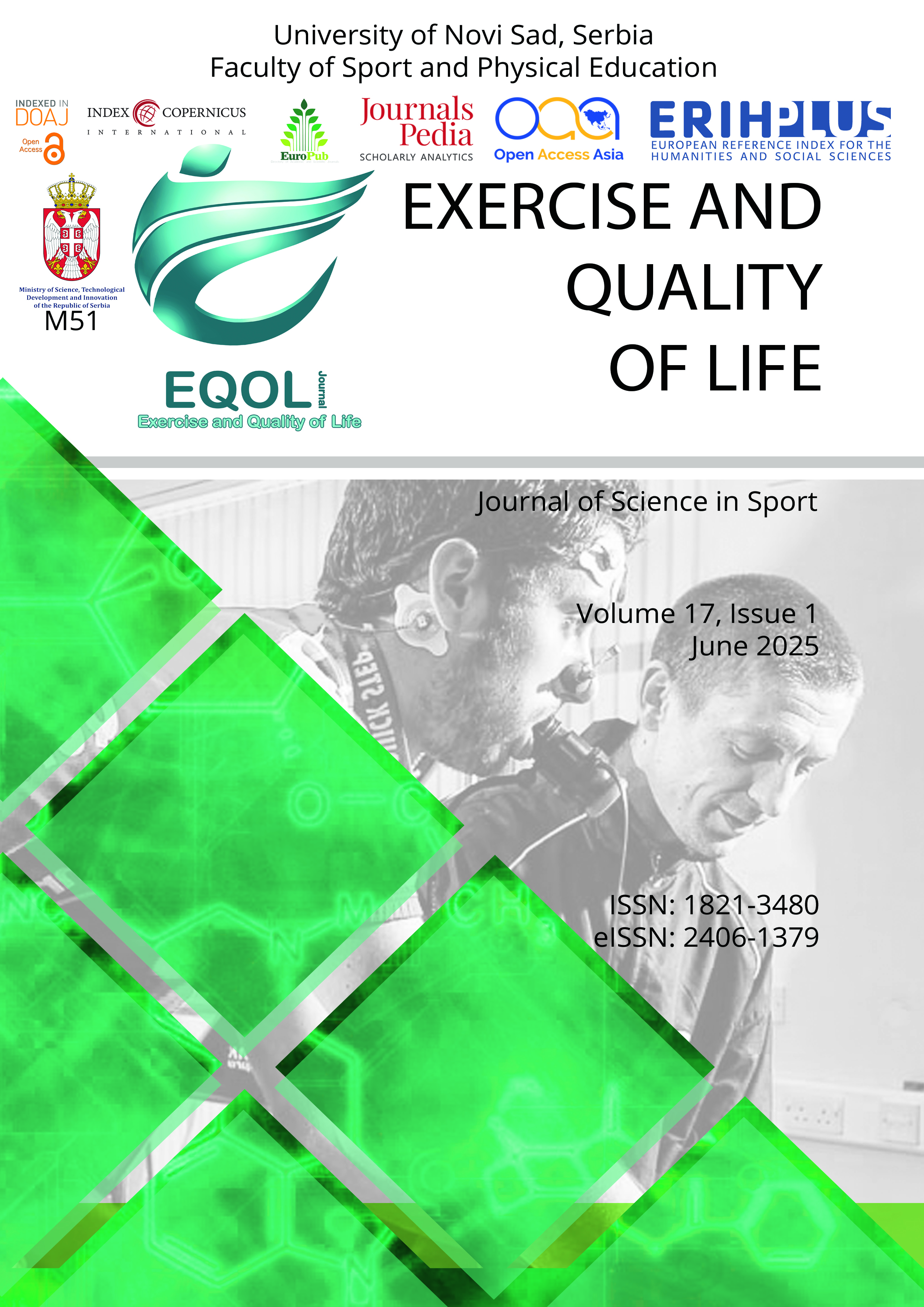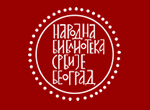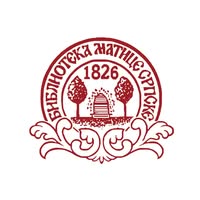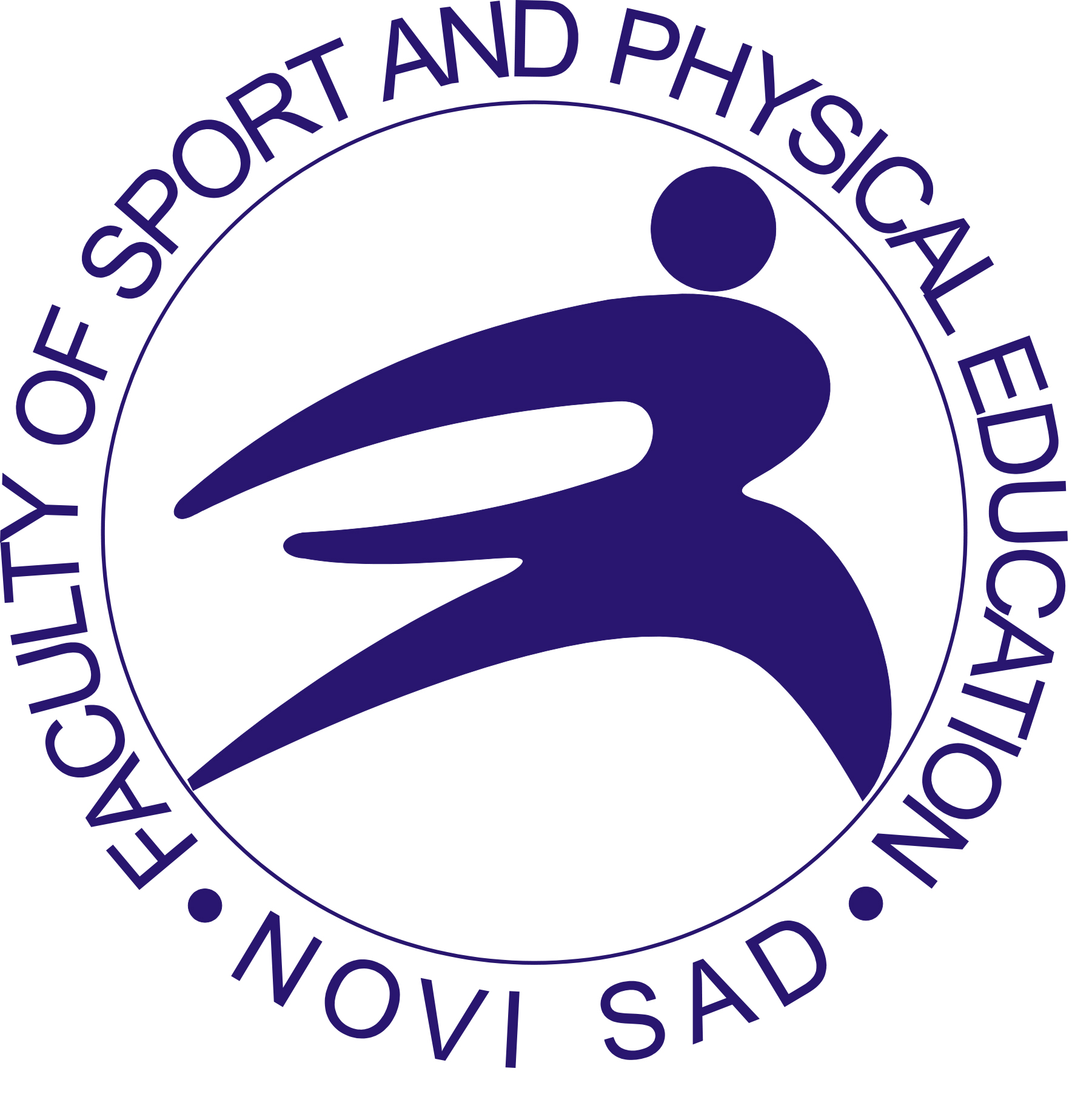Current issue

Volume 17, Issue 1, 2025
Online ISSN: 2406-1379
ISSN: 1821-3480
Volume 17 , Issue 1, (2025)
Published: 15.06.2025.
Open Access
All issues
Contents
16.12.2020.
Original scientific paper
Towards recognition of peer violence in youth sports – the case of Vojvodina
The paper contains the results of the field research that the authors used in order to determine the existence and manifesting forms of peer pressure in youth sports. The sample consists of young people aged 11 to 18, who practice sport (N=536). The research was conducted in the second half of 2019 in the territory of the Autonomous Province of Vojvodina. The research results indicate that there are various forms of aggressive and violent behavior among youth, among which psychological violence predominates. The most common place for violence is the dressing room, after training or a competition. In terms of age, high-school-age children report higher level of violence victimization compared to older primary school children. The research results Introduction DOI: 10.31382/eqol.200603 The aggression and violence are global social phenomena, which have been researched in the past three decades. By examining many definitions of aggression it can be concluded that it is any “behavior that is intended to harm another person who is motivated to avoid that harm” (Allen & Anderson, 2017: 2; Bushman & Huesmann, 2010; DeWall, Anderson, & Bushman, 2011); whereas violence is, among other things, described as an “extreme form of aggression that has severe physical harm (e.g.,serious injury or death) as its goal” (Allen & Anderson, 2017: 3; Anderson & Bushman, 2002; Bushman & Huesmann, 2010; Huesmann & Taylor, 2006). testify to the fact that sport shares “the fate” of the society in which it exists and that policy makers in youth sports should take into consideration this social phenomenon as well.
Ivana Milovanović, Radenko Matić, Jovan Vuković, Milica Blagojević, Mladen Mikić, Dragan Marinković
15.06.2017.
Original scientific paper
Morphological characteristics and motor abilities of boys aged 15 and 17
Measuring of morphological characteristics and motor abilities was performed on the sample of 51 male students of the secondary traffic school “Pinki” from Novi Sad. Body height and body mass were used for measuring of morphological characteristics, and results of standing long jump and running at 30 meters with standing start were used for measuring of motor abilities. The body mass index was calculated after the results were obtained. The aims of the study were to establish and analyze differences in the results of morphological status and explosive strength of students measured in different periods, in the first measurement when the subjects were 15 years old and in the second measurement when the subjects were 17 years old. The data obtained in the study were analyzed using repeated measures ANOVA. The obtained results indicate the existence of statistically significant differences between first and second measurement in all morphological characteristics and motor abilities, at the level of significance of p<0.05.A significant increase in morphological characteristics and motor abilities with age, indicating that boys have adequate growth and development for their age.The age factor has a significantly stronger influence than the factor of the curriculum for the physical education in this high school.
Milica Blagojević, Slobodan Ćirak, Borislav Obradović, Filip Sadri, Milorad Jakšić
15.07.2017.
Original scientific paper
Improving motor fitness in primary school children through a school based intervention
The aim of this study is to establish the effects of specially programmed circuit training on physical fitness in primary school children. A total of 58 (28 girls) primary school children aged 11-13 (experimental group 12.2±1.2, control group 12.4±1.1) years voluntarily participated in this study. Physical fitness of children is assessed based on motor skills, through the following tests: abdominal muscle endurance - Sit-ups test, upper body strength and muscular endurance - Bent-arm hang test, upper-body muscular endurance - Pushups test, muscular strength and power of the lower limbs - Standing broad jump test, agility and speed - 4x10m test and flexibility - Sit and reach test. During the regular classes of physical education, the experimental group conducted a circular training lasting 15-20 minutes, at the same time control group practiced exercises that were in accordance with the plan and program of teaching physical education for a particular teaching unit. The treatment lasted for 15 weeks, with two classes of physical education per week. The results for the standing broad jump indicated significant differences between groups following 15 weeks. Furthermore, the group that participated in the circuit training program made significantly greater gains compared to the control group (p<0.05) in bent-arm hang, sit-ups and sit and reach. The results for the 4x10m test indicated no significant differences in time, group and their interaction (p≥0.05). To conclude, circuit training appears to be an effective way of improving physical fitness in primary school children. The results of this study indicate that this method was more effective for performance than traditional school program.
Milica Blagojević, Borislav Obradović, Zoran Radović, Ivan Đukić, Goran Dimitrić, Milorad Jakšić























